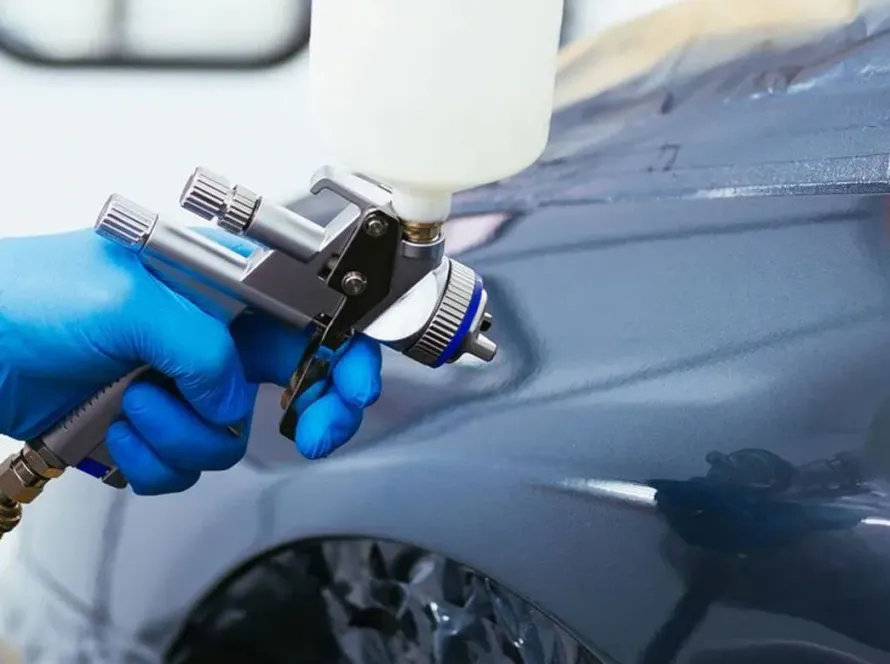How to Maintain Leather Seats: The Complete Guide
Leather seats are a luxury feature that add comfort, style, and value to your vehicle. But without proper care, they can crack, fade, and lose their softness over time. Knowing how to maintain leather seats not only preserves their appearance but also extends their lifespan.
Industry surveys show that vehicles with well-maintained interiors can sell for up to 15% more than those with worn upholstery. With the right routine, you can keep your leather looking fresh, supple, and showroom-ready.
Why Leather Seats Need Special Care
Unlike cloth interiors, leather is a natural material that requires regular conditioning. Sun exposure, heat, and daily use cause it to dry out, which leads to cracking. Dirt, body oils, and spills also penetrate the surface if not cleaned properly.
Regular maintenance prevents damage, keeps the interior comfortable, and preserves resale value.
Steps to Maintain Leather Seats
1. Vacuum and Dust Regularly
Start by vacuuming with a soft brush attachment to remove dirt and debris that can scratch the leather.
2. Use a pH-Balanced Leather Cleaner
Household cleaners are too harsh and strip natural oils. Always use a professional pH-balanced leather cleaner.
3. Condition to Prevent Cracking
Apply a quality leather conditioner every 2–3 months. This replenishes oils, prevents drying, and keeps the surface soft.
4. Protect from UV Rays
Use sunshades or UV protectants to stop fading and discoloration from direct sunlight.
5. Wipe Spills Immediately
Liquids can stain leather if left too long. Wipe spills with a microfiber cloth to avoid damage.
6. Avoid Over-Saturation
Too much product can clog pores and cause stickiness. Always apply thin, even layers.
Benefits of Proper Leather Care
- Prevents Cracking & Fading: Conditioning keeps leather soft and flexible.
- Maintains Comfort: Clean, nourished leather feels better to sit on.
- Boosts Resale Value: Well-kept interiors add significant value to used cars.
- Hygiene: Cleaning removes dirt, sweat, and bacteria for a healthier ride.
Final Thoughts
Knowing how to maintain leather seats ensures your interior stays luxurious, comfortable, and long-lasting. With consistent cleaning, conditioning, and protection, you’ll preserve both the feel and value of your car. Treat leather with care, and it will reward you with years of durability and style.
Frequently Asked Questions (FAQ)
How often should I clean leather seats?
Every 1–2 months for daily drivers, or more often in high-use vehicles.
How often should I condition leather seats?
Every 2–3 months to keep leather supple and prevent cracking.
Can I use household cleaners on leather seats?
No. They can dry out or discolor leather. Always use pH-balanced leather products.
What’s the best way to remove stains?
Use a leather-specific cleaner and microfiber cloth. Avoid scrubbing aggressively.
Do leather seats need UV protection?
Yes. UV rays cause fading and drying, so use protectants or sunshades.
Can leather seats crack if not maintained?
Yes. Lack of conditioning leads to dryness, which causes cracks.
What type of conditioner is best?
A water-based, pH-balanced conditioner without petroleum or silicone.
Is professional leather detailing worth it?
Yes. Professionals can deep-clean, rehydrate, and even repair minor damage.
Can I maintain perforated leather seats the same way?
Yes, but apply conditioner sparingly to avoid clogging holes.
Do leather seats increase resale value?
Yes. Vehicles with clean, well-maintained interiors often command higher prices.




